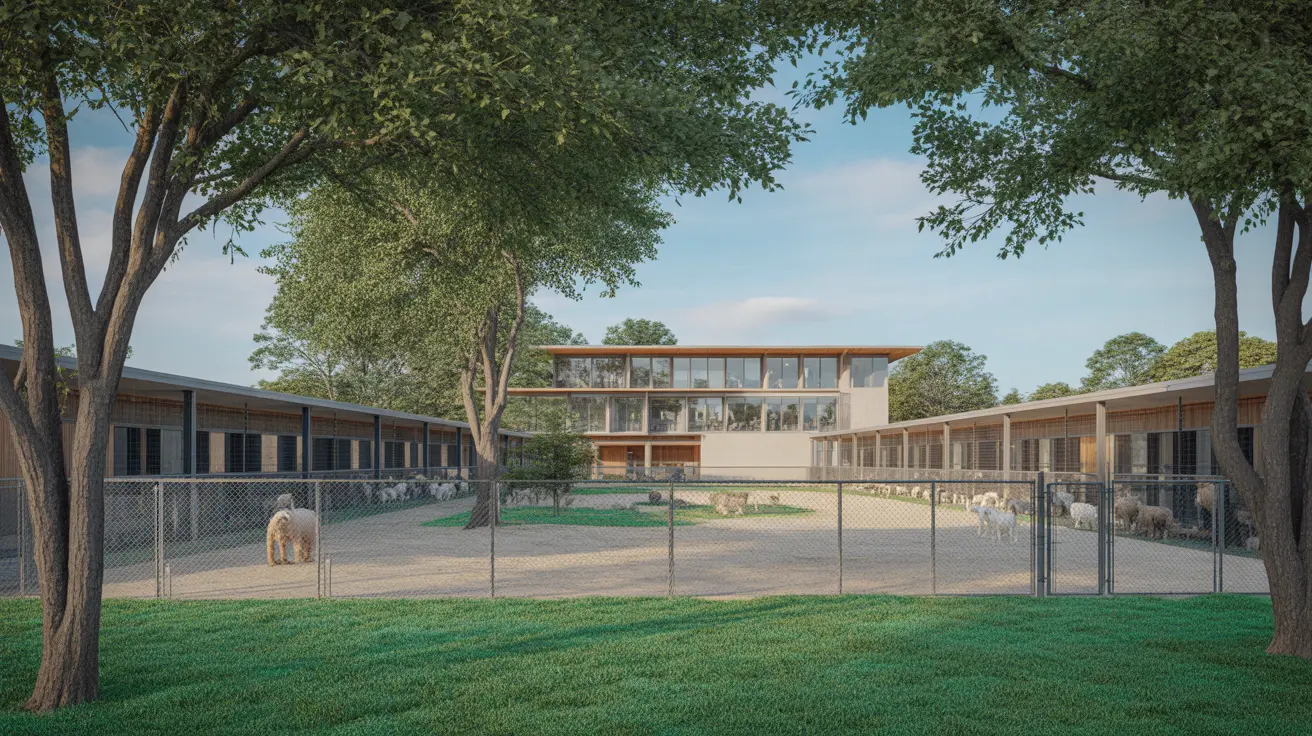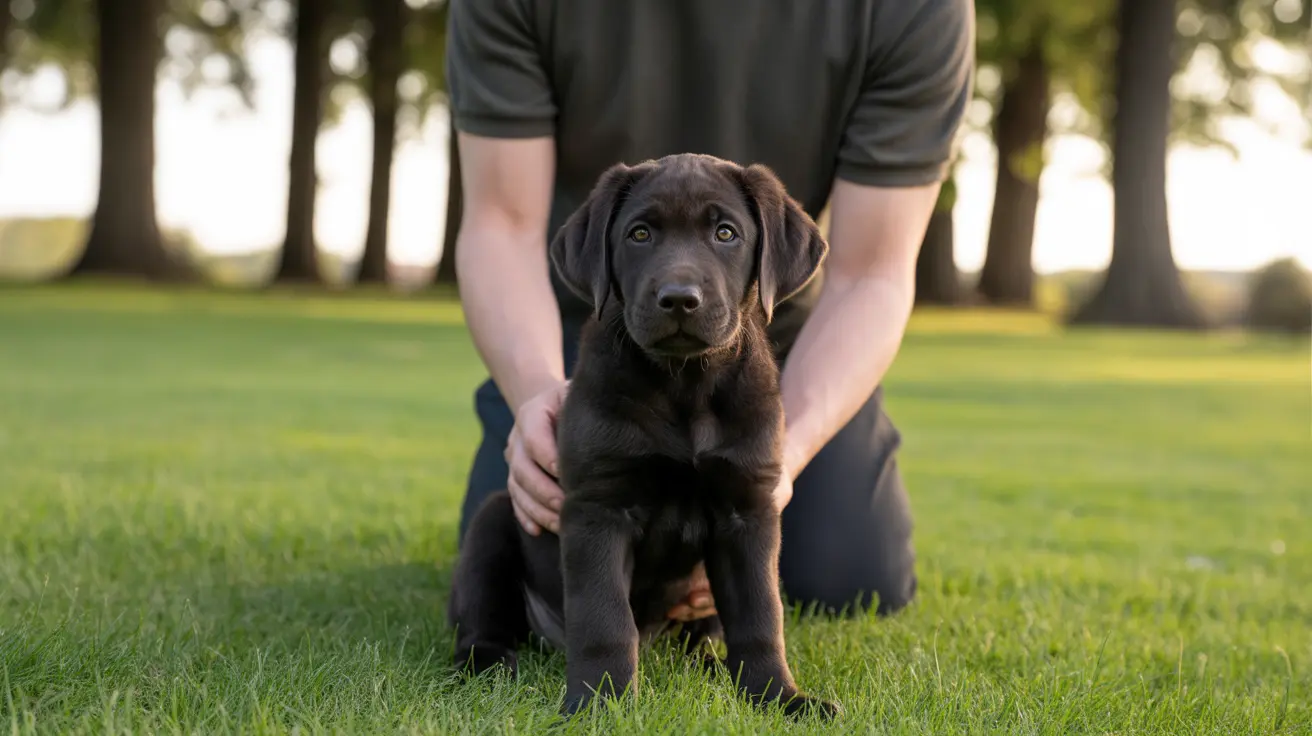Why Bedlington Terriers Are Groomed Like Lambs
Few dog breeds are as immediately recognizable as the Bedlington Terrier. With their distinctive, lamb-like appearance—complete with a rounded topknot, arched back, and pear-shaped face—they turn heads wherever they go. But why exactly are they cut this way? The answer lies in a fascinating blend of history, functionality, and breed tradition.
Origins of the Bedlington Terrier Look
The Bedlington Terrier was originally bred in Bedlington, Northumberland, England for tasks such as vermin hunting, poaching, and even dog fighting. Over time, their lamb-like coat and shape became points of breed identity. The traditional groom highlights:
- Narrow, pear-shaped skull, giving them an alert and elongated expression
- Curly, linty coat similar in texture to lamb's wool
- High, arched loin for speed and agility—a sighthound trait
- Topknot of hair over the skull, adding to the lamb-like aesthetic
Aesthetic Meets Functionality
The meticulous grooming is not just about looks. The distinct cut helps maintain their health and manageability:
- Curly coat doesn’t shed much but matts easily—regular clipping prevents tangling
- The shaved body with a maintained topknot creates a lightweight, practical coat for high-activity dogs
- Ears are trimmed to avoid infections but decorated with tassels to retain the breed’s signature flair
Unlike double-coated breeds, the Bedlington has a single, crisp-textured coat which benefits from grooming every 6–8 weeks. Maintaining this structure helps handle temperature regulation, cleanliness, and skin health. Because the coat is prone to matting, regular brushing and professional grooming are essential.
Show Ring Standardization
Breed clubs and dog shows have also influenced the grooming styles. Since the 19th century, Bedlingtons have been competitive show dogs, and the lamb-like aesthetic became a standard look for judging. This look emphasizes specific breed traits such as:
- Slim neck and tapered head
- Curved, athletic body
- High tail-set and elegant movement
Judges expect the dog to showcase these features, and proper grooming highlights the Bedlington’s unique physique.
Historical and Cultural Identity
Over time, the breed gained several nicknames, including Rothbury’s Lamb, due to their fleece-like coat and lambish build. The grooming style became deeply entrenched in the Bedlington community’s visual identity. What began as functional cutting for hunting has evolved into a symbol of pride and tradition.
This grooming also celebrated the dog’s duality: a soft, gentle appearance that contrasts with their historically tough nature. While they may look delicate, Bedlington Terriers were once valued for hunting badgers, rats, and otters.
Health Considerations
Grooming also plays an essential role in preventing certain breed-related issues:
- Matting and skin infections due to coat texture
- Ear hygiene to prevent debris buildup and infection
- Better visual inspection for allergies, parasites, or skin lesions
Routine grooming supports the breed’s overall wellness and appearance.
Modern Versatility
Despite their show-dog looks, Bedlingtons are active, intelligent dogs that excel in sports like agility, obedience, and lure coursing. Grooming helps them stay agile and focused, reducing distractions from discomfort or overheating.
Summary
The unique trim of the Bedlington Terrier is far more than an aesthetic choice. It’s a careful blend of visual tradition, practical necessity, and breed standardization that both honors their rich heritage and promotes their health today. Whether in the field or on the show floor, this grooming style makes Bedlington Terriers recognizable and revered worldwide.
For those who own or consider adopting a Bedlington, understanding the meaning and purpose behind their signature cut can deepen your appreciation of what makes this breed so special.





